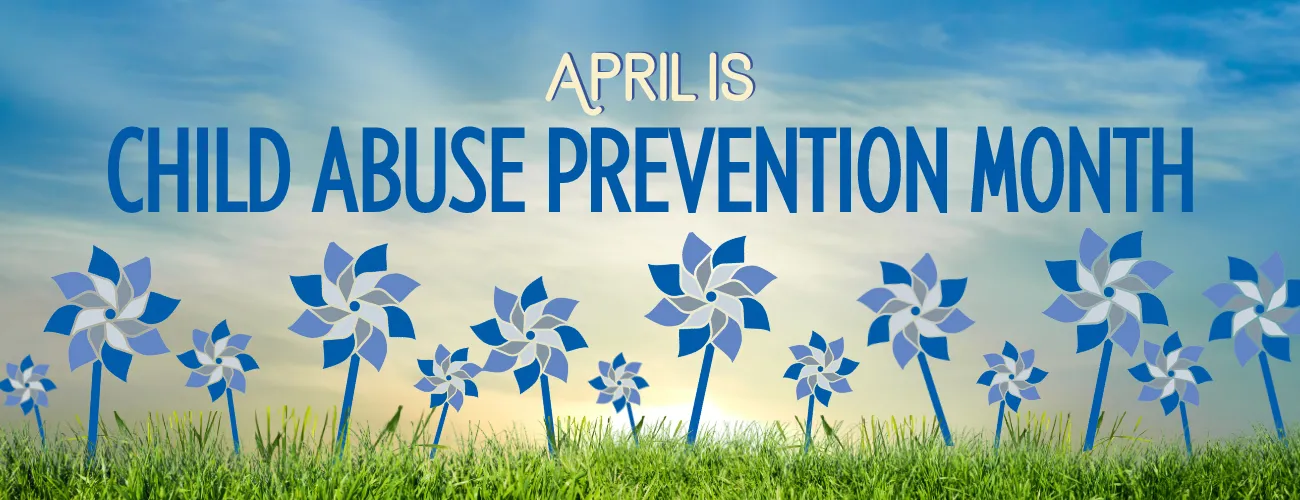
Child Abuse Prevention Month
April is Child Abuse Prevention Month. Please join us in collaboration with Stop Child Abuse Now (SCAN) of Northern Virginia, to focus on preventing child abuse and neglect during the month of April.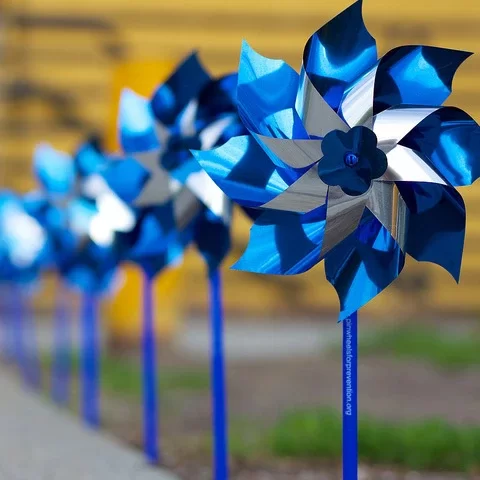
There are 3.5 million reports of child abuse annually in the United States. Child abuse is a devastating social issue that cuts across all boundaries of race, education levels, and income brackets. PWCS is dedicated to the safety and protection of our students and is participating in the Pinwheels for Prevention® campaign, first introduced in 2008 by Prevent Child Abuse America. The blue pinwheel has become a national symbol for child abuse prevention and is used to help educate communities about the importance of supporting children and families. During the month of April, pinwheels will be displayed in front of the Kelly Leadership Center as a reminder that all children deserve a happy and safe childhood.
If you suspect child abuse or neglect, call the Prince William County Department of Social Services at 703-792-4200 or the 24-hour Virginia Child Abuse Hotline at 800-552-7096.
What Is Child Abuse?
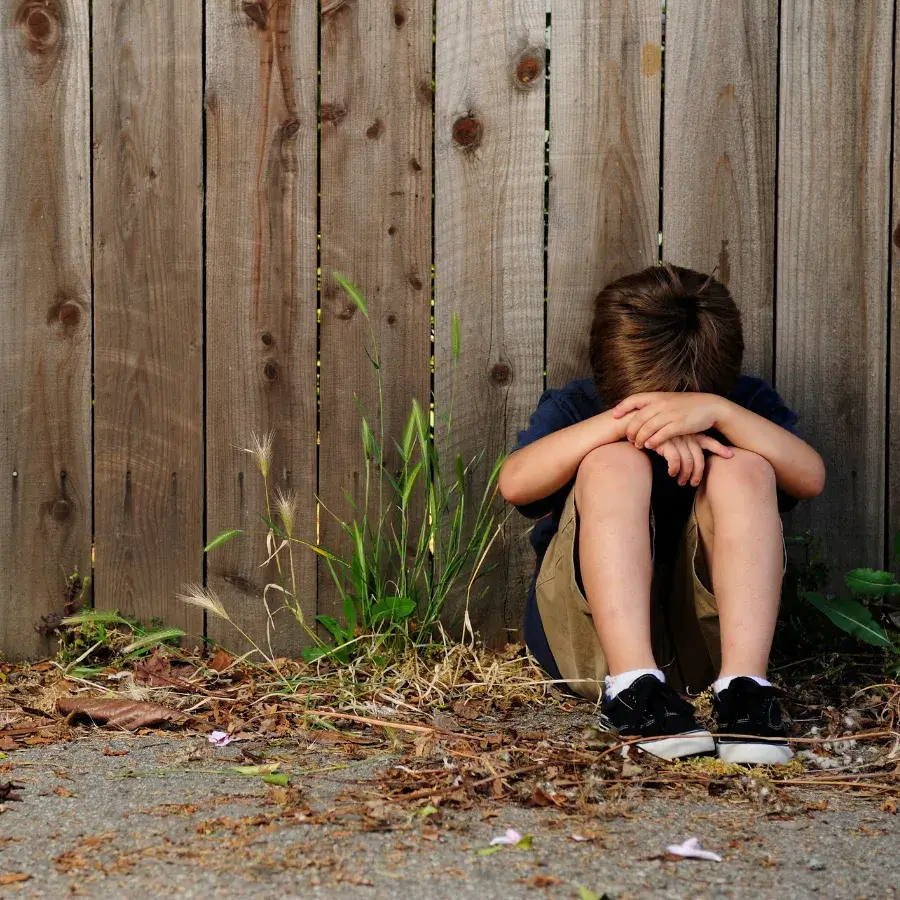 Sometimes it is difficult to understand exactly what child abuse and neglect are. Child abuse is any mistreatment of a child (someone under 18) by a parent or caregiver that results in harm or injury. Child abuse includes:
Sometimes it is difficult to understand exactly what child abuse and neglect are. Child abuse is any mistreatment of a child (someone under 18) by a parent or caregiver that results in harm or injury. Child abuse includes:
- Physical abuse — an injury to a child that is not an accident; for example, hurting a child by hitting, burning, biting or shaking. Causes or threatens to cause a non-accidental physical or mental injury;
- Physical neglect — neglects or refuses to provide the child food, clothing, medical care, shelter or supervision. This includes abandoning child, or failing to provide adequate supervision in relation to the child’s age and developmental level.
- Sexual abuse — any sexual contact or exploitation of a child. This includes committing or allowing to be committed any illegal sexual act upon a child such as incest, rape, fondling, indecent exposure, child prostitution or allows a child to be used in any sexually explicit material.
- Emotional abuse and neglect — an abusive parent may scare a child by threatening to leave him or her, or by being severely critical. A neglectful parent may not spend any time with the child or may never show the child any affection.
Child abuse can be a one-time occurrence but more often it is a pattern of behavior involving regular physical attacks or acts of deprivation or molestation. Frequently, the longer child abuse goes on, the more serious the consequences. Retrieved from SCAN of Northern Virginia).
Why Does Child Abuse Happen?
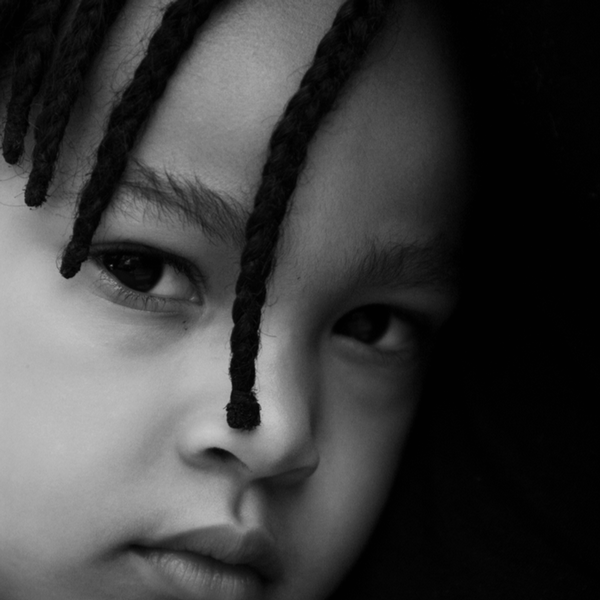 There is no easy answer to this question, because many factors are involved. However, child abuse is most likely to occur when parents are struggling with:
There is no easy answer to this question, because many factors are involved. However, child abuse is most likely to occur when parents are struggling with:
- Stress…Pressures from money problems, everyday frustrations, illness or heavy responsibilities.
- A painful childhood…Adults who were mistreated as children may, without meaning to, continue the pattern of abuse with their own children.
- Alcohol or other drugs…can blind a parent to a child’s needs or may reduce inhibitions and tolerance levels so that parents may be more likely to lash out.
- Isolation…Without friends or relatives nearby, parents can feel overwhelmed by the demands of raising a child.
- Inexperience with children or unrealistic expectations…If parents don’t know what to expect from children, they may expect too much. Besides lacking the parenting skills necessary to raise a child, the parents may have no models of successful family relationships from which to learn.
- Immaturity…Very young, insecure parents often can’t understand their child’s behavior and needs.
- Unmet emotional needs…Parents may expect children to take care of them and to satisfy their need for love, protection and self-esteem.
Retrieved from Families Forward
Information for Parents & Families
2023 Child Abuse Prevention Month Messaging Resources Guide–Military One Source
About Child Abuse & Neglect—Families Forward
Adverse Childhood Experiences (PDF)—Prevent Child Abuse America®
Classes & Workshops Family Programs—SCAN of Northern Virginia
Mandated Reporter Training & Resources–Virginia Department of Social Services
National Child Abuse Prevention Month—U.S. Department of Health & Human Services
Virginia's Child Abuse Prevention Month Digital Toolkit (PDF)—FamiliesForwardVA.org
Making Your Own Pinwheel - Prevent Child Abuse America®
Making Your Own Pinwheel
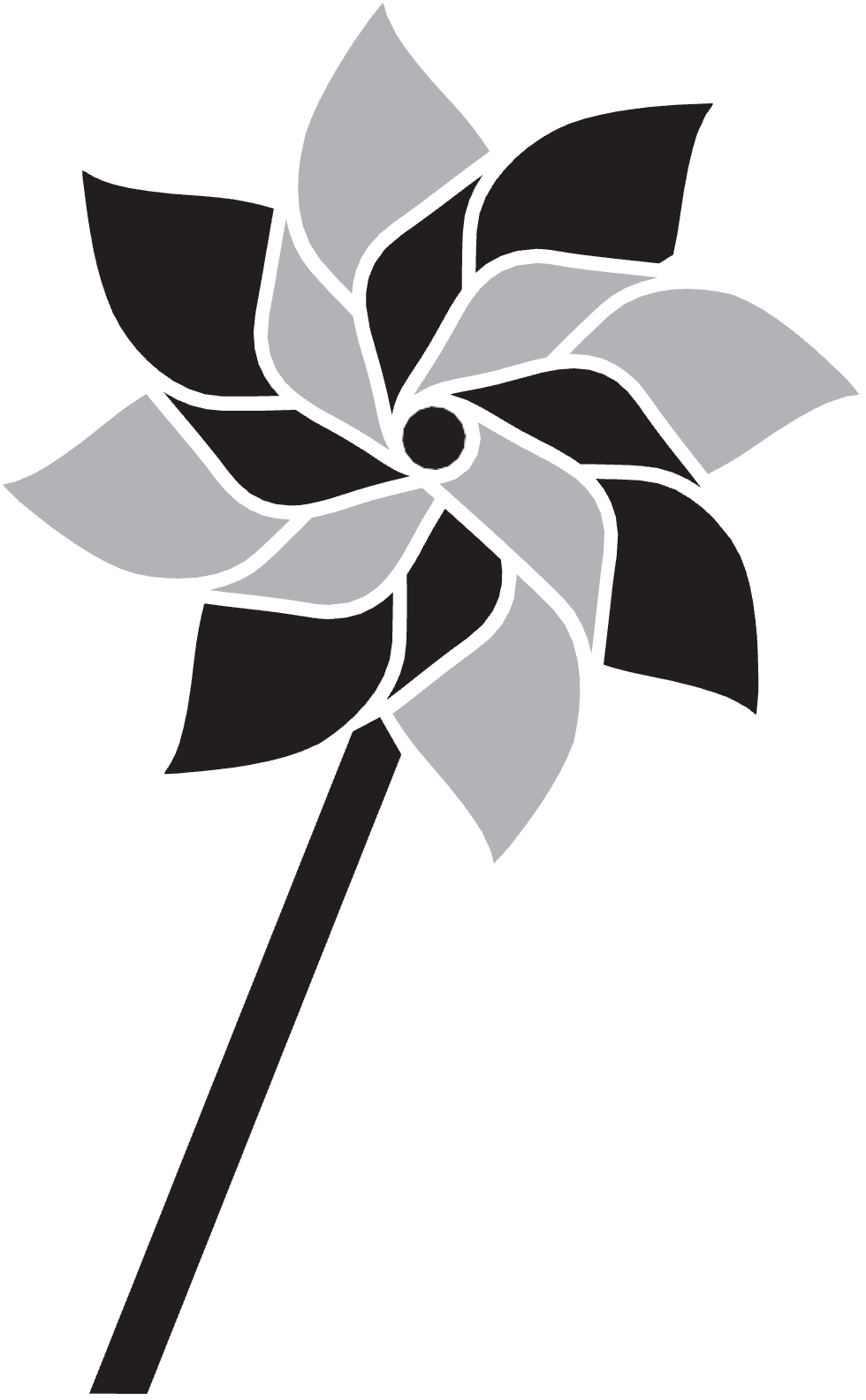
Here’s a craft project that will allow children a chance to participate in your community’s Pinwheels for Prevention activities. This activity can be used in schools, daycare centers, after-school programs, church groups, etc.
Materials
- a push pin
- a square piece of construction paper (about 8.5” x 8.5”)
- a sharpened pencil with eraser
- scissors
Procedure
- Lay the square paper flat on a table and draw a line diagonally from each corner to the opposite corner.
- Mark the center of the square where the two lines cross and punch a small hole through it with the pencil tip.
- Next, cut along each line stopping about an inch from the hole in the center of the
- Take the pin and punch a hole in the top left corner of each of the four (No two holes should be next to each other.)
- Pick-up a flap at a punched corner and carefully curve it over toward the center hole, securing it with the pin.
- Repeat this for the other
- When all four flaps are held by the pin, carefully lift the paper without letting the flaps unfurl.
- Lay the pencil flat on a table and carefully push the point of the push pin into the side of the
- Now your pinwheel is complete and ready to Pick-up the pinwheel near the pencil point and let it catch the wind.
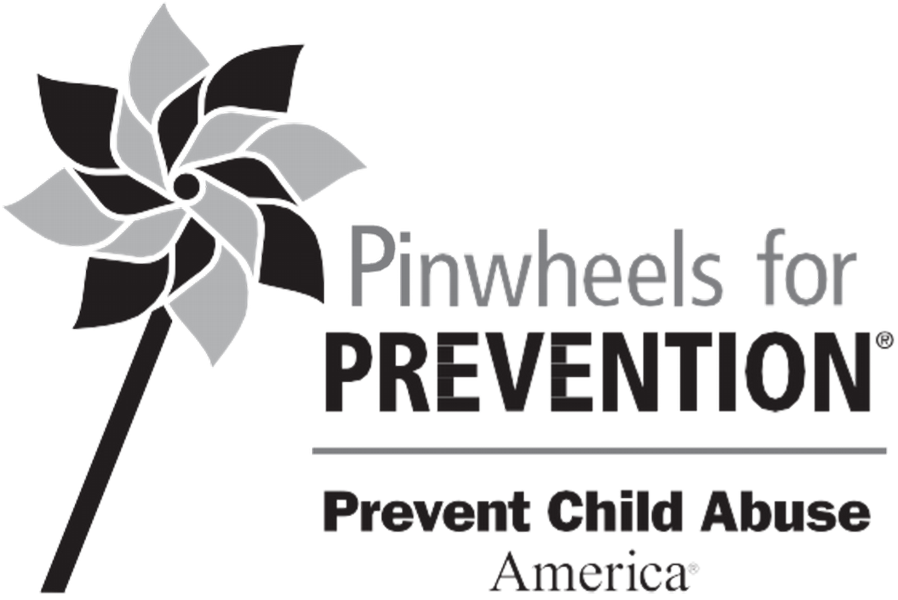
PCA America Pinwheel Tutorial ~YouTube~
We can prevent adverse childhood experiences (ACEs) ~YouTube~
Childhood Lasts a Lifetime ~YouTube~
